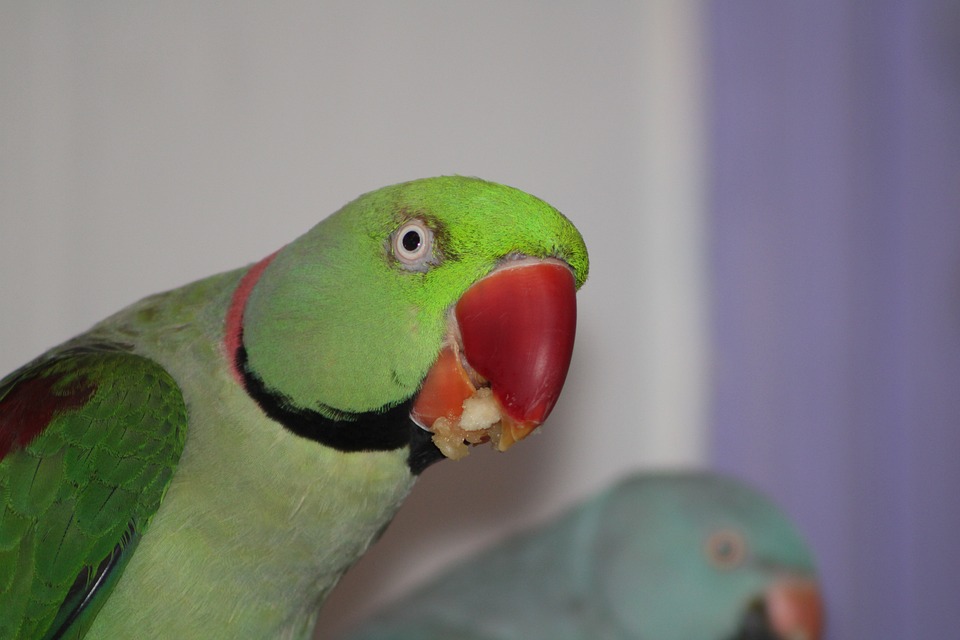Parrots are highly intelligent and active creatures that thrive on mental and physical stimulation. In order to provide them with a fulfilling and enriching environment, creating a parrot obstacle course can be an excellent choice. Not only does it keep your feathered friend entertained, but it also helps promote their overall well-being. In this article, we will explore the benefits of a parrot obstacle course and provide a step-by-step guide on how to create one. Additionally, we will address some frequently asked questions to ensure you have all the information you need to get started.
Engaging your parrot in an obstacle course offers numerous benefits, including:
1. **Mental Stimulation**: Parrots are highly intelligent creatures that require mental challenges to stay mentally sharp. An obstacle course provides them with problem-solving opportunities, stimulating their cognitive abilities.
2. **Physical Exercise**: Just like humans, parrots need regular physical exercise to stay fit and healthy. An obstacle course encourages your parrot to climb, fly, and explore, thereby promoting their physical fitness.
3. **Bonding Opportunity**: Training your parrot to navigate an obstacle course can strengthen the bond between you and your feathered companion. Working together on various challenges fosters trust and cooperation.
4. **Behavioral Improvement**: An obstacle course can help redirect your parrot’s energy and reduce destructive behaviors caused by boredom. Challenging activities can provide a healthy outlet for their natural instincts.
Now that we’ve explored the benefits, let’s dive into the step-by-step guide on creating a parrot obstacle course:
1. **Assess Available Space**: Determine the area where you plan to set up the obstacle course. Consider both indoor and outdoor spaces, ensuring they are safe and free from potential hazards.
2. **Research Parrot-Safe Materials**: Choose safe materials for your obstacle course. Avoid toxic substances, sharp edges, or small parts that could be swallowed by your parrot. Natural materials like untreated wood, ropes, and non-toxic paints are good options.
3. **Design Variety**: Incorporate a diverse range of challenges to keep your parrot engaged. Include elements such as swings, ladders, tunnels, perches, and puzzle toys. Vary the heights and angles to provide both physical and mental challenges.
4. **Consider Flight Opportunities**: If your parrot is flighted, make sure to include flight-friendly elements like suspended ropes or platforms at different heights. This allows them to exercise their wings and practice their natural flying abilities.
5. **Safety First**: Ensure all elements are securely fastened and there are no loose parts that could pose a risk to your parrot. Regularly inspect the obstacle course for any signs of wear and tear, replacing or fixing damaged parts promptly.
6. **Introduce Step-by-Step**: Gradually introduce your parrot to the obstacle course. Start with easier challenges and gradually increase the difficulty level. Use positive reinforcement, such as treats or praise, to motivate and reward their progress.
7. **Supervision and Interaction**: Always supervise your parrot while they navigate the obstacle course. Engage with them, offer encouragement, and provide assistance if needed. Observe their behavior and adjust the course based on their preferences and abilities.
Now, let’s address some frequently asked questions about parrot obstacle courses:
**Q: Can any parrot breed benefit from an obstacle course?**
A: Yes, all parrot breeds can benefit from an obstacle course. However, it’s essential to consider their size, physical abilities, and individual preferences when designing the course.
**Q: How often should I change the obstacle course setup?**
A: It’s recommended to periodically rearrange the obstacle course to prevent monotony and keep your parrot engaged. Change the setup every few weeks or whenever you notice a decrease in their interest.
**Q: Are there any safety precautions I should take?**
A: Yes, safety is crucial when creating an obstacle course. Avoid toxic materials, secure all elements properly, and regularly inspect for any potential hazards. Never leave your parrot unsupervised during their playtime.
**Q: Can older parrots benefit from an obstacle course?**
A: Absolutely! Obstacle courses provide mental and physical stimulation for parrots of all ages. However, take into account any physical limitations and adapt the challenges accordingly.
In conclusion, creating a parrot obstacle course can be a rewarding experience for both you and your feathered friend. By providing mental and physical challenges, you unlock your parrot’s potential while strengthening your bond. Follow the step-by-step guide and keep the FAQs in mind to ensure a safe and enriching environment for your parrot. Start building that obstacle course today and watch your parrot soar to new heights!









